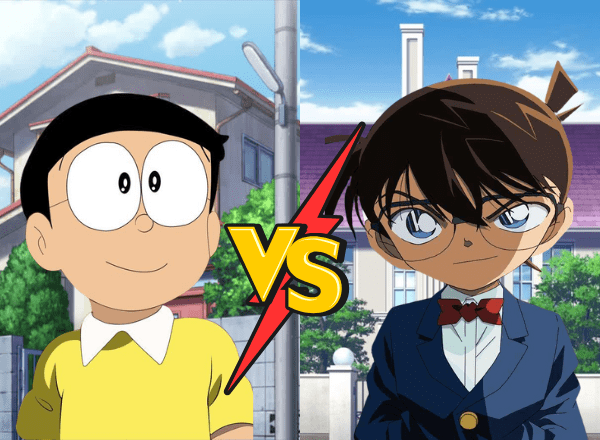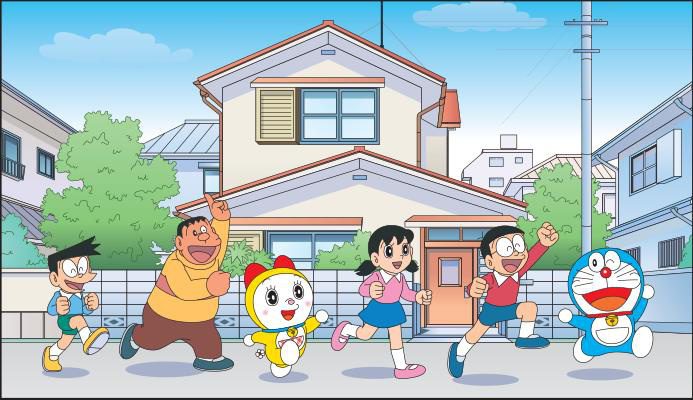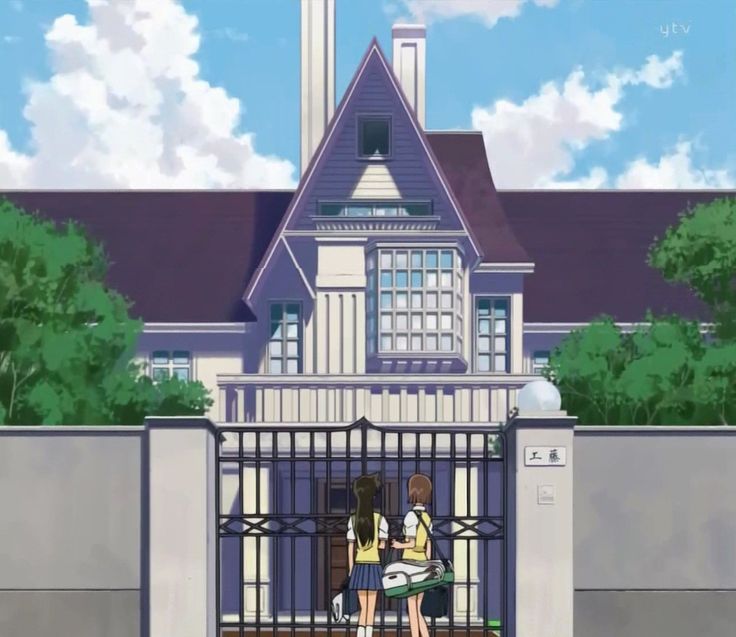While often depicted in a light-hearted manner, anime such as Doraemon and Detective Conan subtly showcases the economic reality of contemporary Japan. Particularly, the homes of Nobita and Conan (Shinichi Kudo) have become the subject of many discussions: if their houses were situated in the heart of Tokyo, what would their actual values be?

Nobita’s House – A Symbol of Traditional Japanese Middle-Class Living in Modern Tokyo
Nobita’s home is not only a familiar backdrop for countless adventurous escapades but also represents an archetype of the middle-class Japanese house from the late 70s to 80s. This house is set in a tranquil suburban area, specifically identified as being located in Nerima Ward, in the northwest of Tokyo.

This information is not just speculation. According to the manga, Chapter 272, Suneo’s house is specifically located at: Tokyo, Nerima Ward, Tsukimidai, Susukigahara, 3-10-5. This directly correlates with the backdrop where Nobita and his friends live, situated in Nerima – a real district of Tokyo, known for its high property prices.

In terms of design, Nobita’s house features classic Japanese architectural elements: two stories, a wooden frame, and a tiled roof, with a small garden in the front and back. The interior includes four distinct rooms, a living room, a dining room, a kitchen, a bathroom, and a storage area where Doraemon frequently “appears.” Although not extravagant, the layout reflects a modest yet functional lifestyle typical of many Japanese families.

Based on the analysis of multiple properties, the estimated value of Nobita’s house ranges from approximately $500,000 to $650,000 (around 11.4 to 15 million yen). However, given the prime location in Nerima, where property prices can soar up to 79 million yen (over $700,000), many experts believe the true value of the house could reach 16 to 17 million yen or more. Notably, the house was originally built by Nobita’s grandparents, meaning this asset holds significant emotional as well as financial value, embodying the nostalgia of many middle-class families in modern Japan.
Shinichi Kudo’s House – A Luxurious Residence in Western Tokyo
If Nobita’s house symbolizes a typical middle-class lifestyle in the anime world, Shinichi Kudo’s residence embodies the opposite end of the spectrum: elegant, stylish, and exuding a detective’s charm. Frequently featured in Detective Conan, Kudo’s house impresses viewers with its grand architectural style, inspired by Tudor Revival design that evokes the elegance of 19th-century English homes, reminiscent of Sherlock Holmes’ residence.

According to the Detective Conan Character Visual Book, the total area of this luxurious residence is approximately 211 square meters, equivalent to 62 tsubo – a traditional Japanese measurement. Although Beika, where the Kudo family resides, is a fictional setting, many fans argue that it draws inspiration from the real neighborhoods between Bunkyo and Taito wards in Tokyo, areas known for their upscale residential districts intertwined with rich cultural heritage. Even disregarding the high property prices – which can exceed tens of millions of yen per square meter in these districts – the construction costs for Kudo’s house would be notably high.

To illustrate, based on the average construction costs for luxury homes in Japan (about 3 million yen per tsubo), the total cost to build Kudo’s house would be around 186 million yen, roughly $1.2 million or about 38-40 million dong. This price does not include furniture, security systems, gardens, or Shinichi’s private study – details that frequently appear in the storyline. If we consider the high land prices in central Tokyo, the total property value could easily surpass 60-70 million yen.
While Nobita resides in a traditional, modest home, comparing the structure, materials, and overall value to Kudo’s house clearly indicates a substantial difference. Recent estimates suggest Conan’s house is valued at least double that of Nobita’s, leaving many fans to ponder the disparities in their “real estate” in the heart of Tokyo!





















